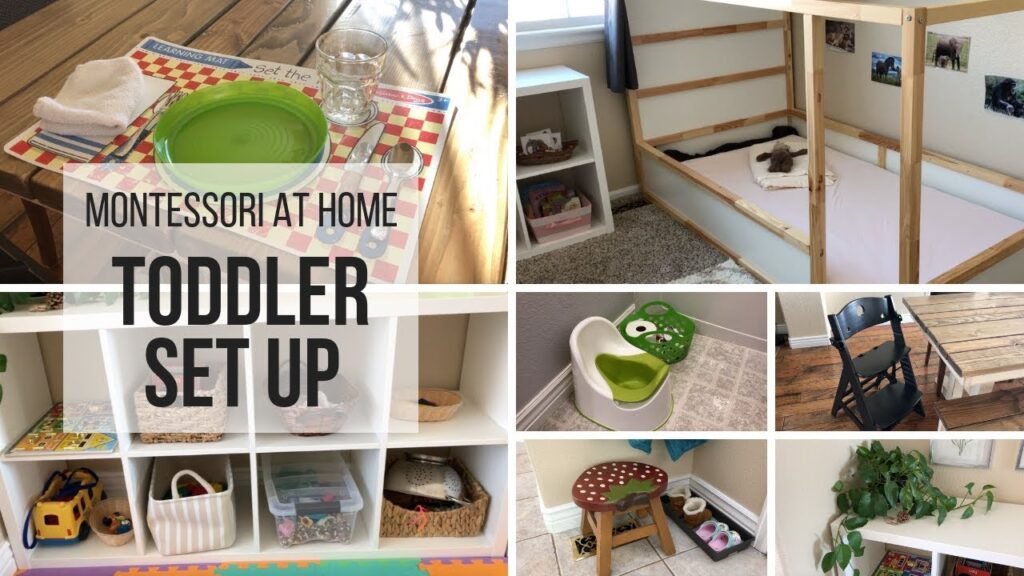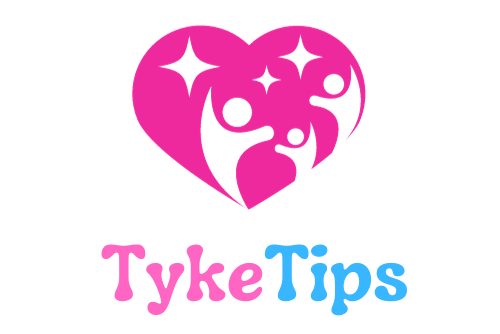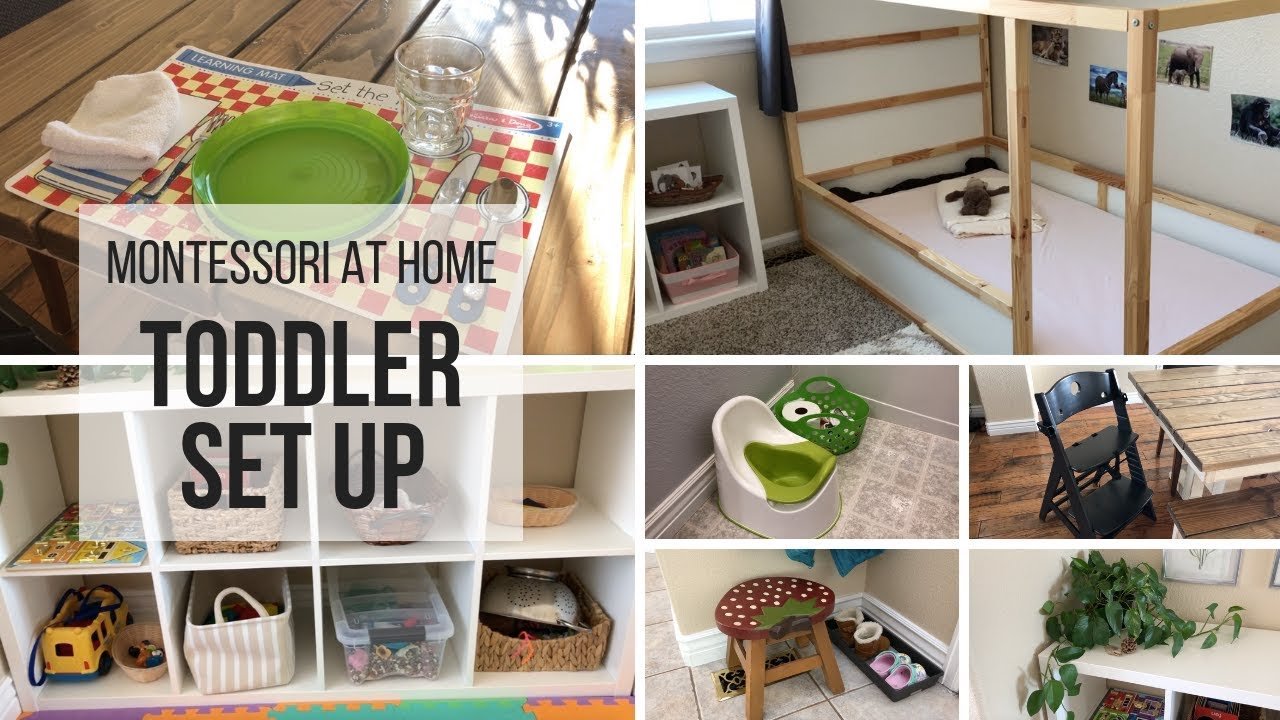Setting up your home for a toddler with Montessori principles can be a beneficial way to create a safe and engaging environment for your little one. In the video by Hapa Family, Ashley shares some quick and simple tips for setting up key areas of your house, such as the entryway, bedroom, bathroom, playroom, and kitchen. By incorporating Montessori principles into your home layout, you can encourage independence, creativity, and learning in your child while maintaining a sense of order and organization.
Ashley provides practical advice and recommendations for creating a Montessori-inspired space that is not only functional but also aesthetically pleasing. By following these tips, you can transform your home into a nurturing environment that promotes your toddler’s exploration and development. With the right setup, your home can become a place where your child can thrive and grow while embracing the Montessori philosophy.
Understanding Montessori Principles for Toddlers
Montessori philosophy, developed by Maria Montessori, emphasizes child-led learning, independence, and respect for the child’s individual pace of development. Applying Montessori principles at home can provide a conducive environment for toddlers to thrive and grow. By understanding these principles, you can create a nurturing space that fosters independence, creativity, and practical life skills in your child.
Benefits of applying Montessori principles at home
Implementing Montessori principles at home can have numerous benefits for toddlers. It can enhance their cognitive development, language skills, emotional intelligence, and social interactions. By providing a child-centered environment, you are encouraging curiosity, exploration, and a love for learning in your child. Additionally, Montessori principles promote self-confidence, responsibility, and a sense of belonging in toddlers as they actively engage in their surroundings.
Key principles to consider for toddlers
When setting up your home to incorporate Montessori principles for toddlers, there are key aspects to keep in mind. These include providing child-sized furniture and materials, creating a child-friendly environment that promotes independence, organizing spaces to encourage exploration and creativity, and fostering practical life skills through daily activities. By focusing on these principles, you can create an environment that supports your child’s holistic development.
Creating a Child-Friendly Environment
Child-sized furniture and materials
Invest in furniture and materials that are specifically designed for children’s smaller stature. Having child-sized tables, chairs, shelves, and utensils can empower toddlers to engage independently in various activities. This promotes a sense of ownership and agency in their environment, fostering self-reliance and initiative.
Open and accessible storage solutions
Utilize open shelves, bins, and baskets to store toys, books, and art supplies in an easily accessible manner. This allows toddlers to select and put away items on their own, promoting autonomy and decision-making skills. By giving them control over their environment, you are instilling a sense of responsibility and organization from a young age.
Safety considerations for the home environment
Ensure that the space is childproofed to prevent any potential hazards. Cover electrical outlets, secure heavy furniture to the wall, and remove any small objects that could pose a choking hazard. By creating a safe and secure environment, you are providing toddlers with the freedom to explore and learn without unnecessary risks.

Designing the Entryway
Low hooks for jackets and bags
Install low hooks at a height that toddlers can reach easily to hang their jackets, bags, and hats. This encourages independence in getting dressed and fosters a sense of accomplishment in completing daily tasks on their own.
Shoe storage at child’s level
Designate a space at the child’s level for storing shoes, whether it’s a low shelf or a basket. This allows toddlers to access their shoes independently, promoting a sense of responsibility for their belongings. It also aids in developing their fine motor skills by allowing them to practice putting on and taking off their shoes.
Child-friendly mirror for self-awareness
Place a child-sized mirror in the entryway at the child’s eye level. This allows toddlers to see themselves and develop self-awareness, coordination, and confidence. Encouraging them to look in the mirror and dress themselves can foster a positive self-image and a sense of identity.
Setting Up the Bedroom
Floor bed for independence
Opt for a floor bed rather than a crib to promote independence and freedom of movement for toddlers. A low bed allows them to get in and out easily, encouraging autonomy in their sleep routines. It also provides a safe space for them to explore and play independently.
Accessible bookshelves for reading materials
Install low bookshelves or baskets filled with age-appropriate books within reach of toddlers. This encourages a love for reading and allows them to choose books independently. Reading together in a cozy environment fosters bonding and language development while nurturing a lifelong love of learning.
Soft lighting for a calming atmosphere
Create a soothing environment in the bedroom with soft lighting options such as nightlights or dimmable lamps. Gentle lighting promotes relaxation and can help toddlers unwind before bedtime. By setting a calming atmosphere, you are facilitating a peaceful sleep routine and supporting their overall well-being.
Organizing the Bathroom
Low sink for handwashing
Invest in a low sink or a sturdy step stool to allow toddlers to reach the faucet and wash their hands independently. This promotes good hygiene habits and empowers children to take care of their personal needs. Encouraging them to wash their hands regularly instills a sense of responsibility for their health and well-being.
Child-friendly toiletries at reachable heights
Store bath essentials like soap, shampoo, and towels at a level where toddlers can access them easily. Use child-friendly dispensers and organizers to encourage independence in self-care routines. By giving them the tools they need to take care of themselves, you are fostering a sense of autonomy and confidence.
Step stool for independence
Provide a stable step stool near the sink and toilet to help toddlers reach these essential areas comfortably. A step stool allows them to use the bathroom facilities independently, promoting a sense of control over their environment. By supporting their independence in the bathroom, you are building their confidence and self-reliance.
Creating a Montessori Playroom
Rotating toys to maintain interest
Organize toys in baskets or shelves and rotate them periodically to keep playtime engaging and fresh. By introducing new toys and activities, you can stimulate your child’s curiosity and creativity. Rotating toys also helps toddlers develop focus and concentration while exploring different play experiences.
Child-friendly art supplies for creativity
Stock up on child-friendly art materials like non-toxic paints, crayons, and paper for creative expression. Providing a variety of art supplies encourages imaginative play and fine motor skills development. Engaging in art activities fosters emotional expression, problem-solving, and a sense of accomplishment in toddlers.
Space for movement and gross motor skills development
Designate an area in the playroom for gross motor activities like crawling, climbing, and jumping. Include soft mats, cushions, and play equipment to create a safe space for physical exploration. Encouraging movement and active play helps toddlers build strength, coordination, and spatial awareness while promoting a healthy and active lifestyle.
Designing a Montessori Kitchen
Accessible snack and drink station
Set up a designated area in the kitchen where toddlers can access healthy snacks and drinks independently. Use child-sized cups, plates, and utensils to encourage self-service and decision-making. Providing nutritious options within reach promotes independence in making food choices and fosters healthy eating habits.
Child-sized table and chair for mealtime
Invest in a child-sized table and chairs that allow toddlers to sit comfortably for meals and snacks. Eating at a table promotes good table manners, social skills, and family bonding. By involving children in mealtime routines, you are nurturing their independence, communication skills, and healthy eating habits.
Opportunities for food preparation and independence
Include a low kitchen counter or a designated area where toddlers can engage in simple food preparation tasks. Child-safe tools like wooden knives, peelers, and mixing bowls enable them to participate in meal preparation with adult supervision. Encouraging them to help in the kitchen promotes practical life skills, motor coordination, and a sense of contribution to the family.
Encouraging Independence and Practical Life Skills
Teaching self-care routines
Guide toddlers in developing self-care skills like dressing, grooming, and tidying up after themselves. By demonstrating and practicing these routines together, you are instilling a sense of responsibility and independence in your child. Encouraging them to take care of their personal needs fosters confidence, autonomy, and a positive self-image.
Involving toddlers in household tasks
Involve toddlers in simple household chores like setting the table, watering plants, or sorting laundry. Giving them age-appropriate tasks to contribute to the household instills a sense of responsibility and efficacy. Working together as a team promotes cooperation, problem-solving, and a sense of belonging in the family unit.
Promoting decision-making and problem-solving
Encourage toddlers to make choices and solve problems independently within safe boundaries. Offering options and supporting their decisions fosters critical thinking skills and self-confidence. By allowing them to navigate challenges and find solutions on their own, you are nurturing their independence, resilience, and decision-making abilities.
Promoting Creativity and Exploration
Nature-inspired materials for sensory play
Introduce natural materials like shells, rocks, sand, and water for sensory exploration and open-ended play. Nature-inspired play materials engage the senses, spark curiosity, and stimulate creativity in toddlers. Encouraging them to explore textures, colors, and sounds in their play fosters sensory awareness, imagination, and a connection to the natural world.
Encouraging open-ended play activities
Provide toys and materials that allow for diverse play scenarios and creativity. Open-ended play encourages imagination, problem-solving, and social skills development. By offering open-ended toys like blocks, art supplies, and loose parts, you are promoting independent play, divergent thinking, and a love for exploration.
Outdoor play opportunities for exploration
Create opportunities for outdoor play and nature exploration to stimulate physical activity and sensory experiences. Outdoor play promotes gross motor skills development, social interactions, and a connection to the natural world. Investing time in nature allows toddlers to engage all their senses, develop coordination, and foster a sense of wonder and appreciation for the environment.
Conclusion
In conclusion, setting up a Montessori-inspired home for toddlers involves creating a child-friendly environment that prioritizes independence, creativity, and practical life skills. By incorporating key Montessori principles in the entryway, bedroom, bathroom, playroom, and kitchen, you can provide a nurturing space that supports your child’s holistic development. Emphasizing self-care routines, household tasks, decision-making, creativity, and exploration fosters a sense of autonomy, confidence, and curiosity in toddlers. By following these guidelines, you can create a nurturing and child-centered environment that promotes growth, learning, and well-being in your child.

